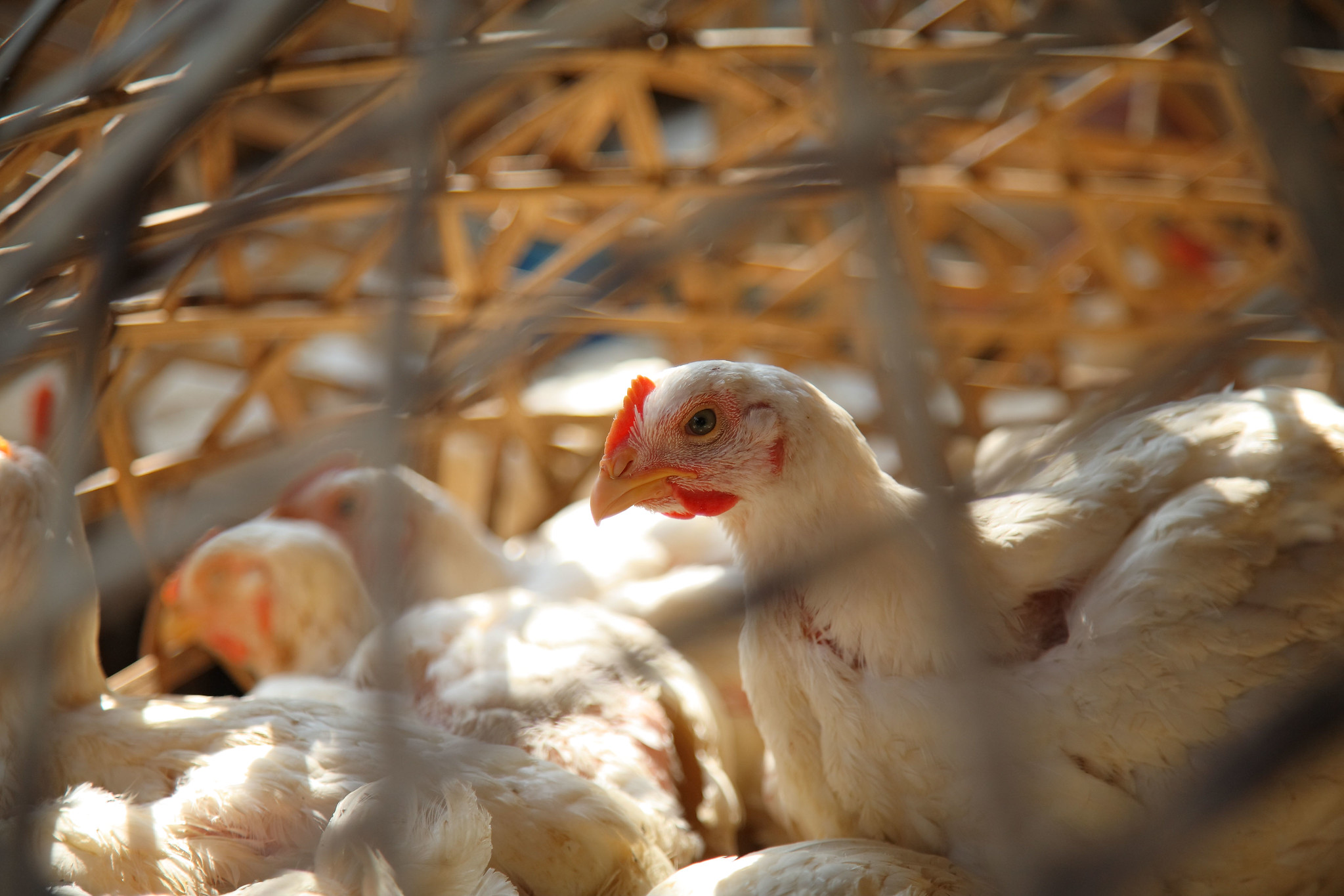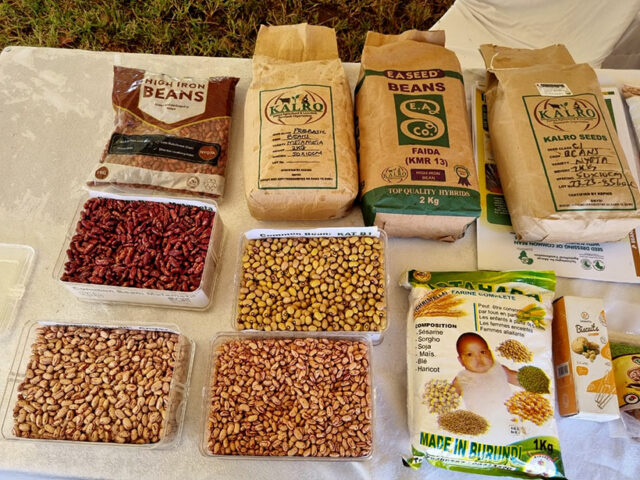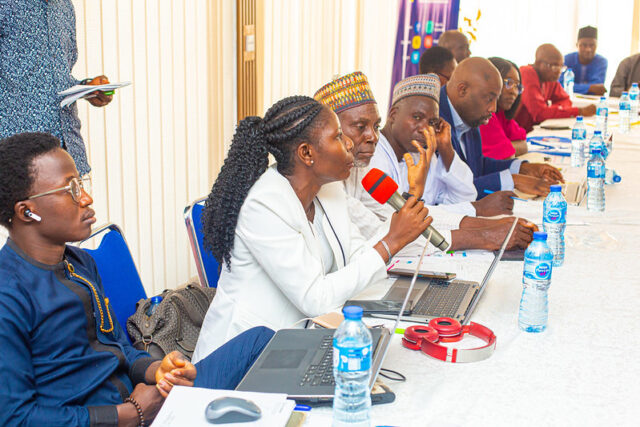
By Eva Ohlsson and Boleslaw Stawicki
A disease that was supposed to have been preventable by vaccine recently reemerged as a major killer of chicks in Kenya, seriously damaging the livelihoods of countless smallholder farmers and driving thousands of them out of the poultry business altogether. It wasn’t supposed to be this way: A vaccine for infectious bursal disease, an acute, highly contagious viral disease of young chickens, had been developed in the previous decade and raised hopes of someday eliminating the disease. Yet by the 2010s, it was becoming clear that the vaccine wasn’t nearly as effective as anticipated. In Kenya and elsewhere, whole flocks of vaccinated chicks were coming down with the disease; in some cases, mortality rates neared 100 percent.
Chickens require little in the way of space and start-up capital. Most poultry growers in Kenya are smallholder mixed livestock and crop farmers—and a majority of these farmers are women, who typically invest most of their earnings in feeding their families and educating their children. The reemergence of infectious bursal disease was hitting hardest those least able to afford it.
To understand why vaccinated chickens were contracting the disease, scientists needed advanced DNA sequencing and bioinformatics platforms to compare the molecular makeup of the virus strains circulating in Kenya with the ones used in the commercial vaccines.



